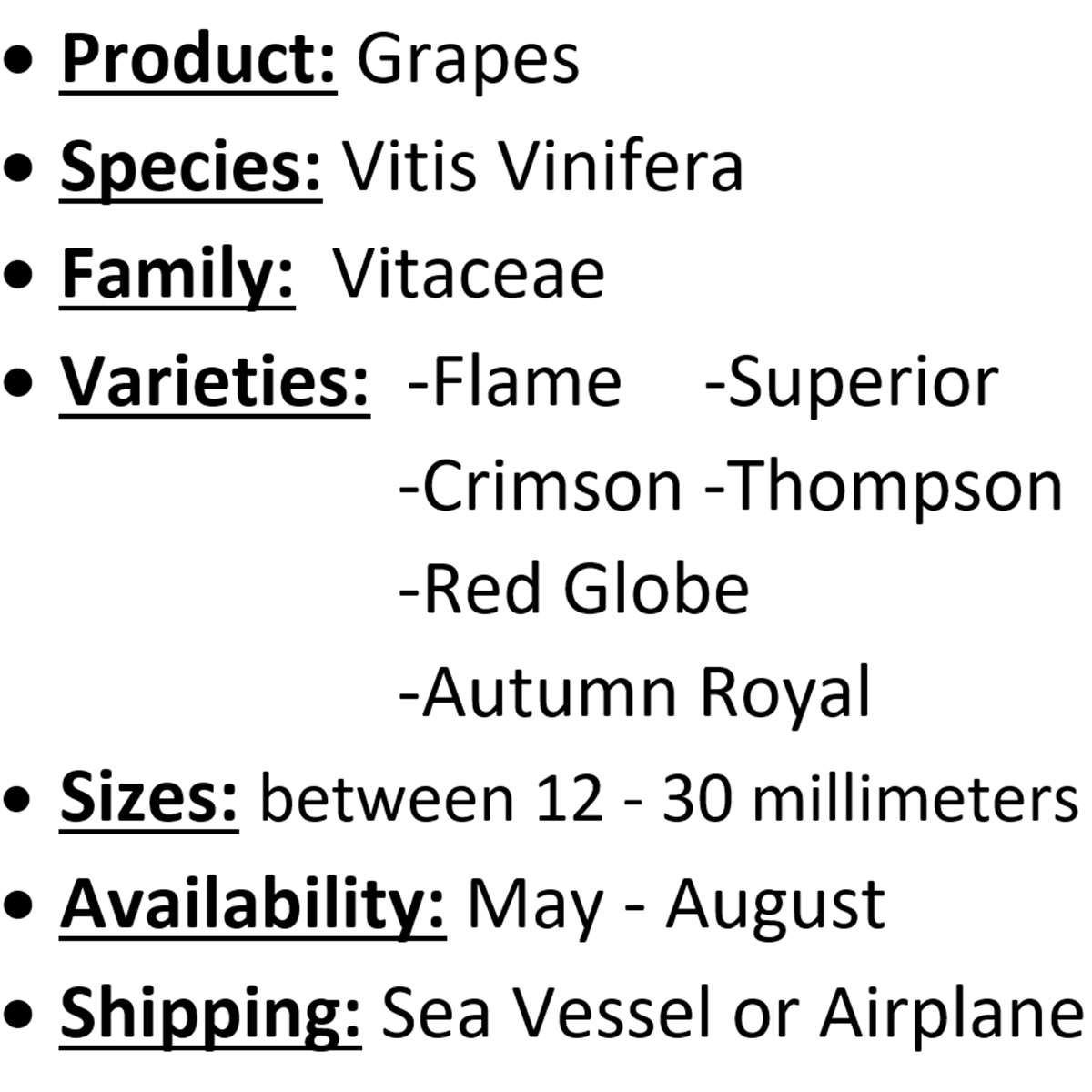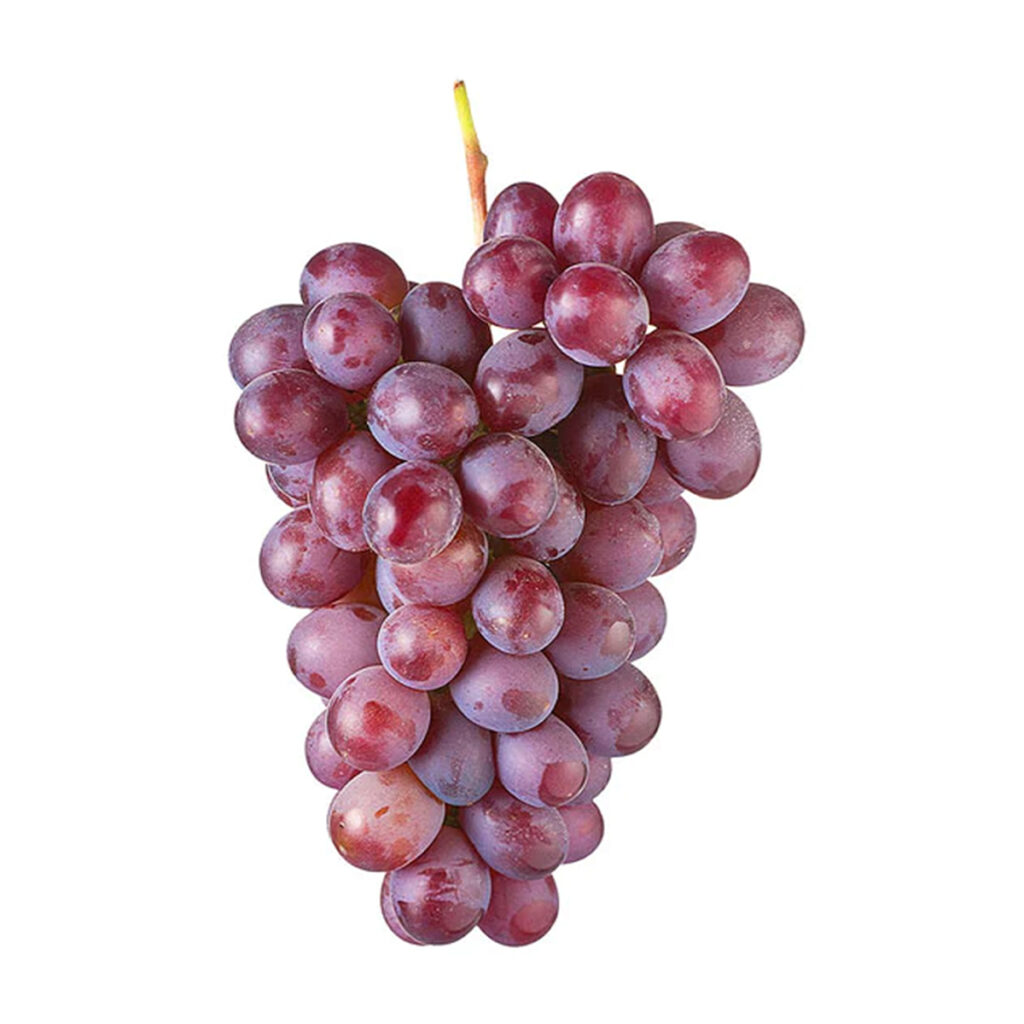

Grapes have been an important part of Egyptian agriculture since the ancient times of the pharaohs, dating back even further than the infamous king tut and the entire new kingdom time period as a whole. In those ancient times, grapes were viewed as symbols of wealth, luxury, and royalty; primarily reserved for only the very top level members of society.
Unlike some crops, only found in the famous nile delta region, Egyptian table grape cultivation has developed to spread throughout the entire expanse of modern Egyptian civilization, from the outskirts of Alexandria all the way down to the heartlands of Aswan.
Egyptian citrus is the only other fruit crop which surpasses grapes in regards to export values leaving the country. This large market share is due to the fact that grapevines are some of the best fruit cultivars for farming the sandy soils found on the newer reclaimed farmlands around the nile delta and also along the older traditional farmlands following the nile river. So naturally the opportunities have only increased and improved with each major improvement in modern agricultural technology.
In addition to the advantageous growth conditions, many of the vastly-experienced grape growing families of Egypt have ultimately mastered their craft and earned major respect among the international import community. for the high quality harvest that they can provide.
